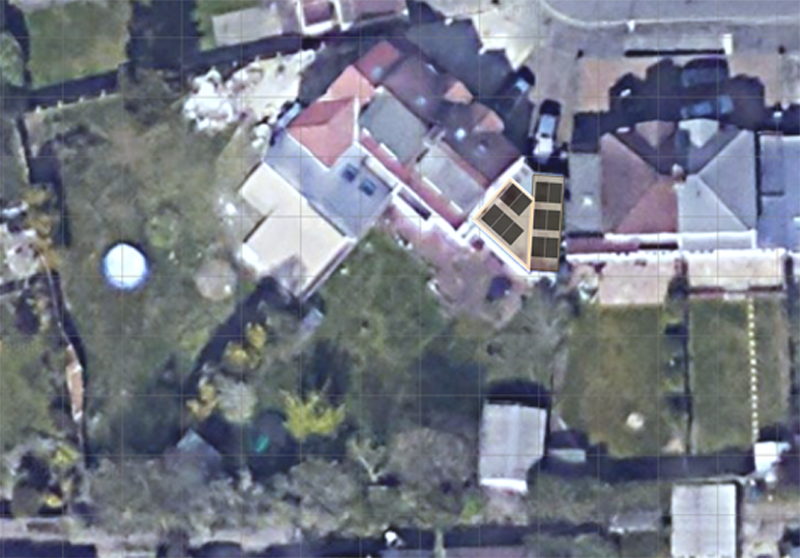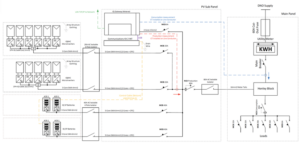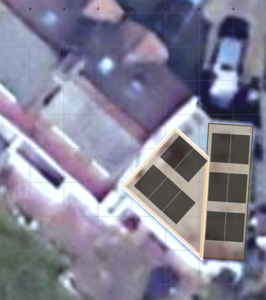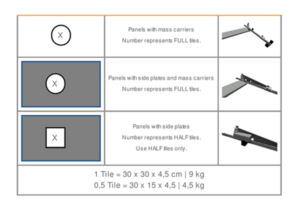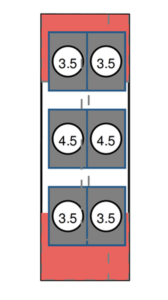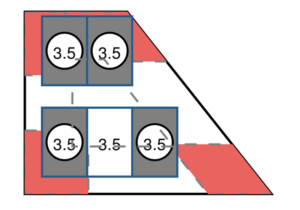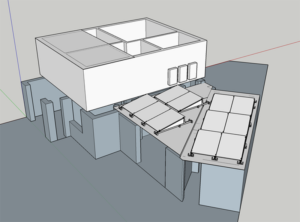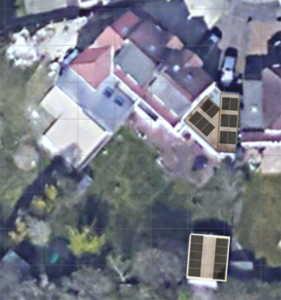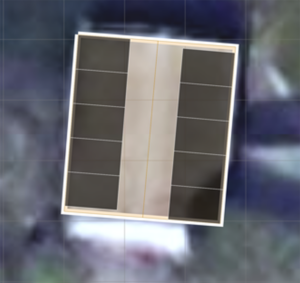In order to be able to self install this system I had to undergo the Enphase IQ Battery Storage Ceritfication at the Enphase University, then submit my initial design for review before they would enable my Enlighten account for commissioning IQ battery systems.
Part of the qualification is to produce a Single Line Diagram (SLD) for my first intended install, I will also need this as part of my application to my Distribution Network Operator (DNO) – UK Power Networks.
I also need to submit a G99 application as my install will be over the 16A (3.68kWp) limit for the automatic approval on a G98 application.
G99 has 3 options for fast track applications:
SGI-1 – no more than 16A – basically the same as a G98 application.
SGI-2 – no more than 32A and G100 export limitation capability to prevent any more than 32A per phase being exported to the grid
SGI-3 – more than 60A and G100 export limitation capability to prevent any more than 32A per phase being exported to the grid
If I limit my install to 11 x solar panels with Enphase IQ8HC Micro-inverters, and 3 x Enphase IQ 5P batteries, then I just fall inside the requirement for SGI-2 and only need to complete an A1-2 form.
I may still purchase the fourth battery at some point in the future, so will still wire everything as if that extra battery were there.
For working out all of the parts required for the solar panels and mounting frames, I used the Van Der Valk Solar PV planner software, this allows you to make use of Google Maps satellite imagery to draw out the intended locations for your panels.
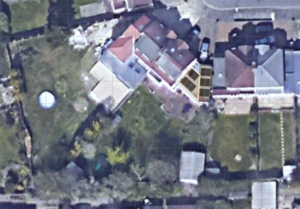 You can either make use of known solar panels, or define the dimensions, weight, etc of whatever ones you intend to use, it will then adjust the drawing to show the actual size of the panels being used.
You can either make use of known solar panels, or define the dimensions, weight, etc of whatever ones you intend to use, it will then adjust the drawing to show the actual size of the panels being used.
I intend to have a set of 6 panels on my ‘garage’ roof and 5 panels on my ‘office’ roof, both of these are at a height of around 3 meters.
The report also shows the amount of ballast required for each panel in terms of 30x30cm 9Kg slabs.
I did consider having an additional 5-6 panels on the dormer roof, however these are at a height of over 9 meters and a lot more difficult to access in case of issues.
I also modelled all of the parts in Sketchup so I could see how it would actually look on my flat roofs.
The Loft area and dormer roof are not shown in this mock-up, as I have not yet modelled them, the dormer roof area is shown as a flat area on top of the second floor, but would be raised by another 2.4m
The additional wind loading on the dormer roof, at 9-10m above the ground, would also require a lot more ballast, would take me well over the SGI-2 requirement and be a lot of extra effort, limited accessibility and worry for only an extra 2.1kWh of solar power.
I would potentially be better off adding panels to my detached garage roof at the bottom of the garden, if I decided I wanted to have more solar generation capability.
Potential for 10 panels in an East/West configuratration.
The panels, on my flat roof areas, should be largely invisible from the road, as my house is on a corner and there are very few places from which the flat roof area can be seen.
I do risk shading on some of the panels from the neighbouring property first thing in the morning and on some others from my own property late in the evening, this is yet another reason why I have opted for micro-inverters rather than a string inverter.
The above pictures are oriented with south at the bottom of the picture.
I will need to chop down a tree in my garden that is currently about 2 meters from the garage as that will provide considerable shading from the south for much of the day.
The G99 SGI-2 application was sent along with all the required documents proving G100 compliance for the Enphase products I will be using, this application was approved in just over a week.
I also submitted a building control application to my local council for the installation that was also approved, although this one cost me about £320.00 for them to come out and check on what I am doing at various points.
I will still need to submit a form A3-2 to UK Power Networks within 28 days of commissioning.
